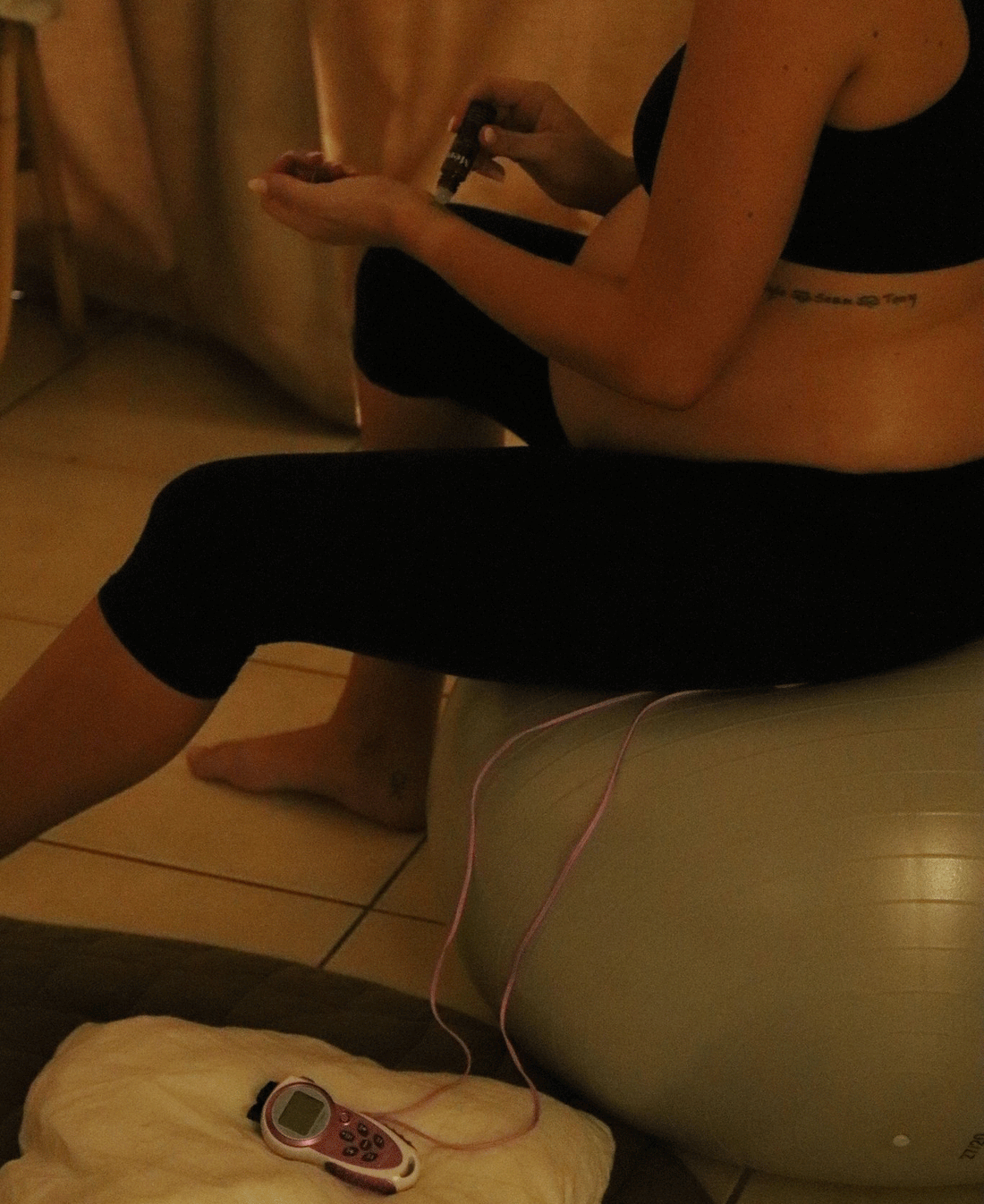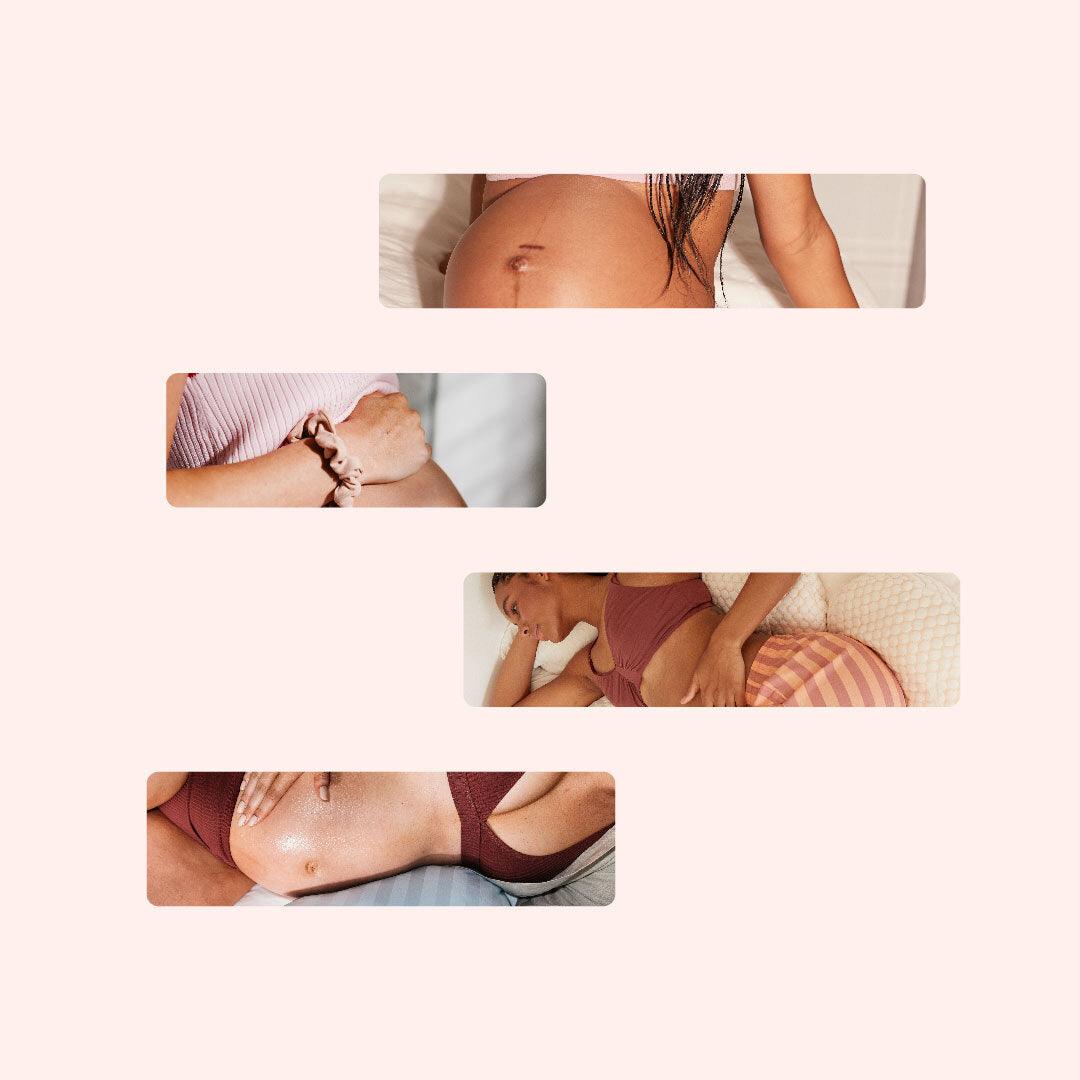Certified instructor Christina McKay of Golden Bump explains.
Preparing for birth means preparing for the unexpected. During pregnancy, many expecting parents opt to take a birth class, and there are a ton to choose from. One class rising in popularity is Hypnobirthing, but what is it? Is a pocket watch and "you are getting very sleepy" involved? Guessing not. We spoke to Christina McKay of Golden Bump, based in Melbourne,, a certified hypnobirthing instructor to get the facts straight.
1. It gives you the mindset for getting through birth
"The ‘hypno’ part of ‘hypnobirthing’ refers to the hypnotherapy, or deep relaxation, that we use to let go of fears leading up to birth and condition ourselves to release endorphins during childbirth," says Christina. "With the help of hypnotherapy, the birth of your baby can be a more calm and relaxed experience; one where you are in the driver’s seat, rather than feeling like a passenger. This is likely to reduce the need for interventions during your birthing. It is as much about mindset as it is about techniques for childbirth. When a mother and her birth partner are able to approach birth with knowledge, good support, and tools (relaxation, visualisation, movement, touch, acupressure, relaxation/self-hypnosis and breathing) – then birth can be a positive and very empowering experience."
2. No one is going to hypnotise you
"All hypnosis is self hypnosis, so it’s really just putting yourself into a state of deep relaxation," says Christina. "A space where you can relax and therefore let your body do what it’s supposed to do without fear. Fear has a strong physiological effect on your body, any thought that is repeated over and over again will take an imprint within the subconscious, which cannot distinguish between what is real and what is imagined. This is why visualisations, affirmations and repeated messages can have such a powerful effect in our life. This is also why you can read a book and laugh or watch a movie and cry. Your thoughts create a physiological response in your body."
3. It exists so that you can go into birth feeling empowered
"Movies, stories from friends and family, media and generational trauma all equate to women going into birth with fear. We don't hear or see a lot of births that are beautiful, empowering, calm, spiritual, connected. For my first birth, I was happy to ‘go with the flow’ and didn't realise I had absolutely no tools or techniques to deal with labour and pain management. I wasn't empowered to use my voice when I came up against a challenging midwife who wasn't supportive. My partner Neil had no idea how to support me either and it ended up being a very traumatic birth which then led to PTSD and PPA (postpartum anxiety). After watching the Birth Time documentary, it really cemented that I wanted to help other women and their birth partners have a more empowered, educated and involved birthing experience, no matter how they birthed their babies."
4. Hypnobirth methods work for a range of different birth scenarios
"You’ll see a range of different births come from a birthing class: hospital, water birth, homebirth, all without fear. It really changes the narrative around births and brings a new perspective around what could be possible. You’ll also have a lot of tools to pull upon that will help with the different stages of labour and birth. I absolutely believe in birth plans. They are a guide to your ideal birth and you can outline different tools you want to use in there or how you want the environment to be. It also helps that staff to align you with a midwife who should support the birth you are aiming for. It can also be a great place to write tools for your birth partner as a reference or reminder. Ofcourse, anything can happen, however if you and your birth partner feel empowered to advocate for yourselves during a change of circumstance, ask for an explanation or more time (as women are on the clock during birth) then you’re more likely to feel part of the process and it’s important you feel heard, supported and empowered as when things are done to you without consent or explanation it can be really overwhelming and scary — this is often what leads to birth trauma."
5. There are birthing tools that align with hypnobirthing
There are relaxation soundtracks, visualisation, movements for optimal birthing positions, touch, acupressure, breathing and bonding with baby and birth partner, but also a TENS machine, clary sage, birthing comb, yoga ball, affirmation cards and birthing ball.
To find out more about Hypnobirthing, join our Masterclass WTF is Hypnobirthing with Christina McKay and The Memo co-founder Phoebe Simmonds. Book your free tickets now.
















